Coordination Across Scales — Or Why We Study Organisms
Kloster Schöntal, The 3DMM2O Conference
March 23-27, 2025
Gáspár Jékely
Centre for Organismal Studies, Heidelberg University
@jekely@biologists.social
Platynereis dumerilii
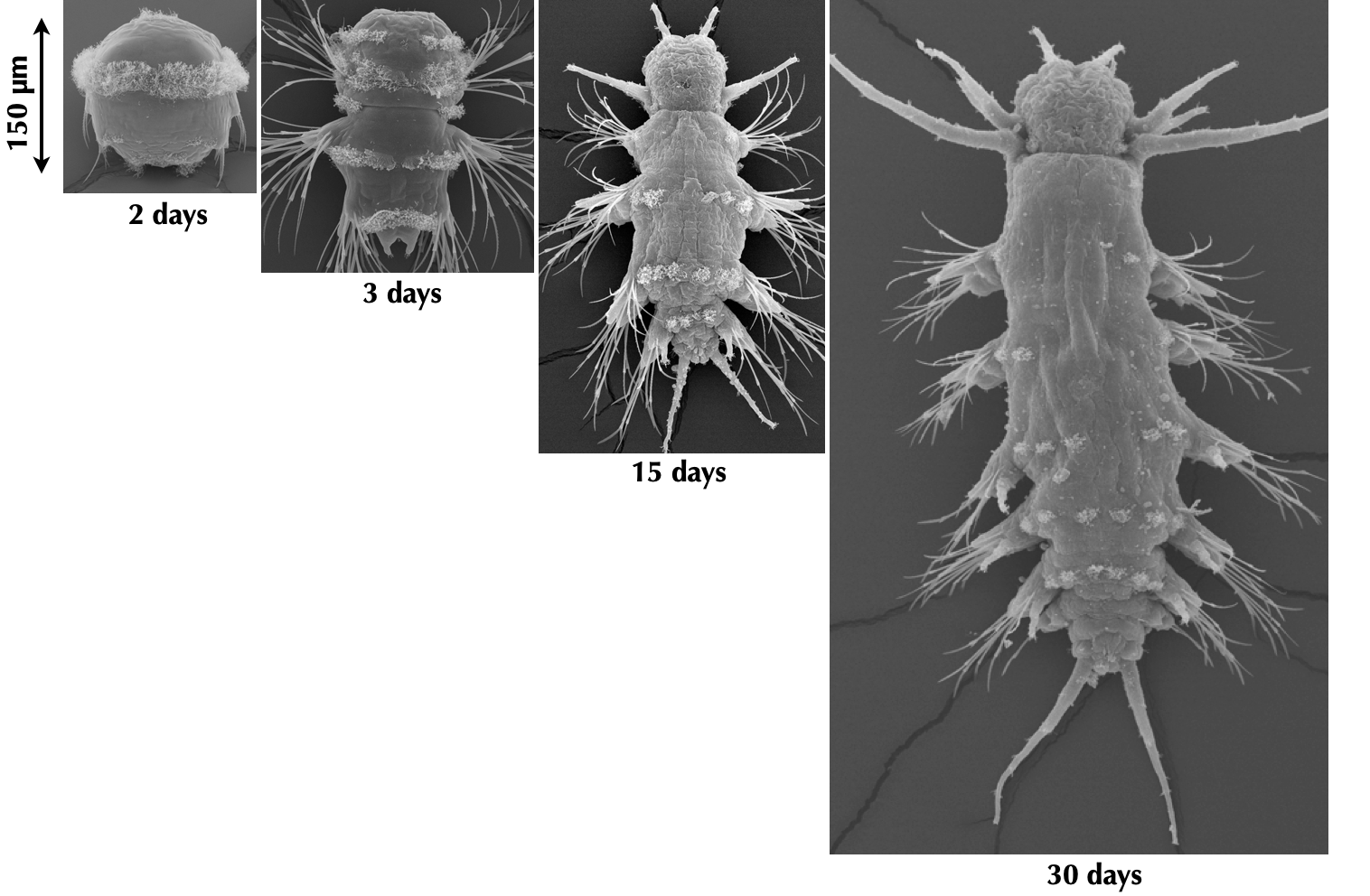
- breeding culture
- genome sequence
- microinjection, transgenesis
- neuron-specific promoters
- knock-out lines
- neuronal connectome
- neuronal activity imaging
Larval behaviours
phototaxis
- UV avoidance
- thermosensing
- settlement
startle response
- ciliary coordination
- chemosensing
crawling
- flow sensing
- pressure response
Eukaryotic cilia
 Emelie Brodrick
Emelie Brodrick
- distributed actuation
Multiciliated cells form ciliary bands

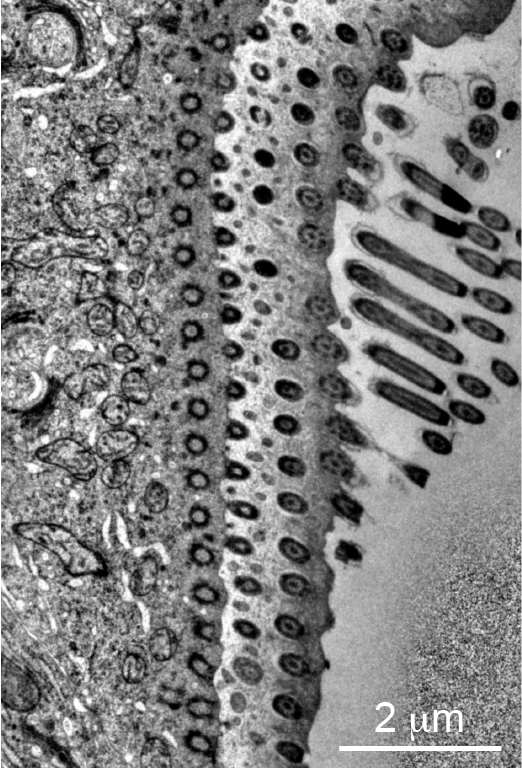
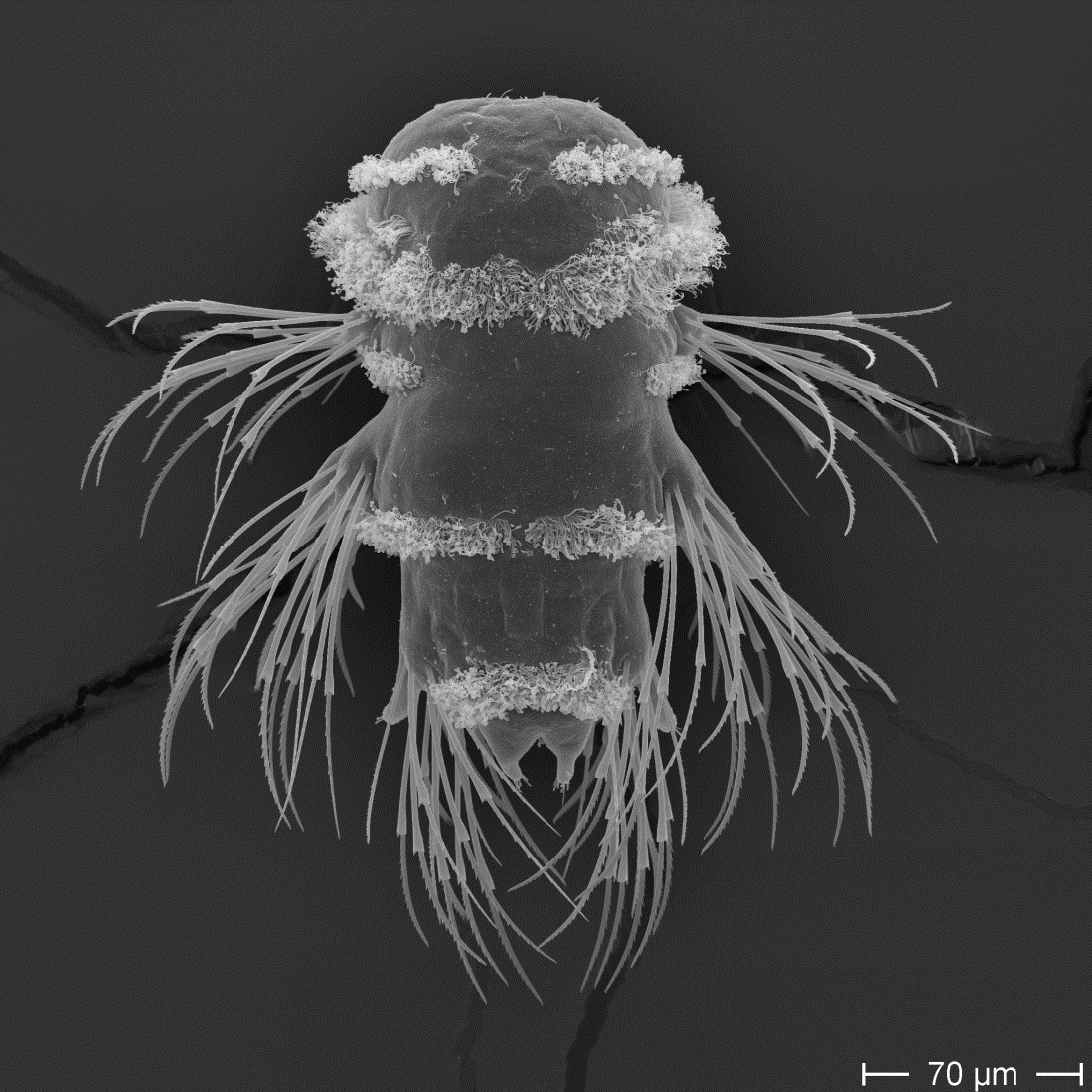
Metachronal waves

- high-speed imaging
- metachronal waves
- large-scale coordination of cilia
- coupled oscillators
- theory: mediated by hydrodynamic coupling
Precise orientation of multiciliary arrays
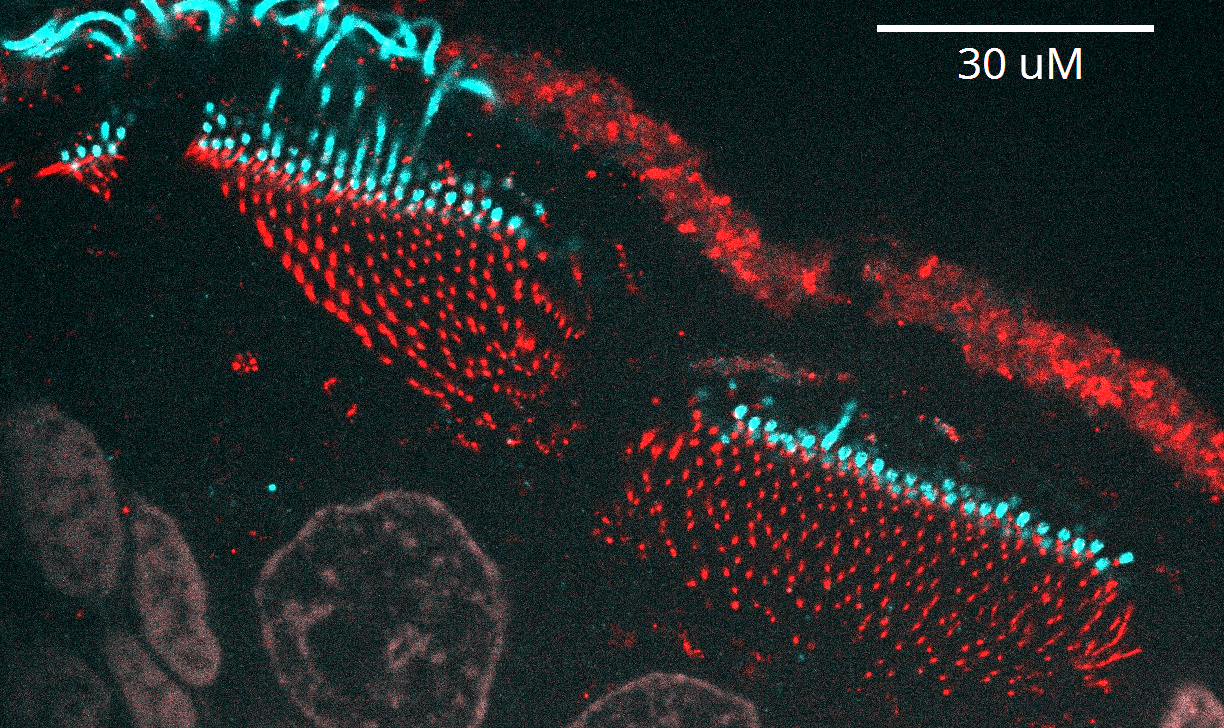
expansion microscopy
Precise orientation of multiciliary arrays
expansion microscopy
Volume EM with Array Tomograpy
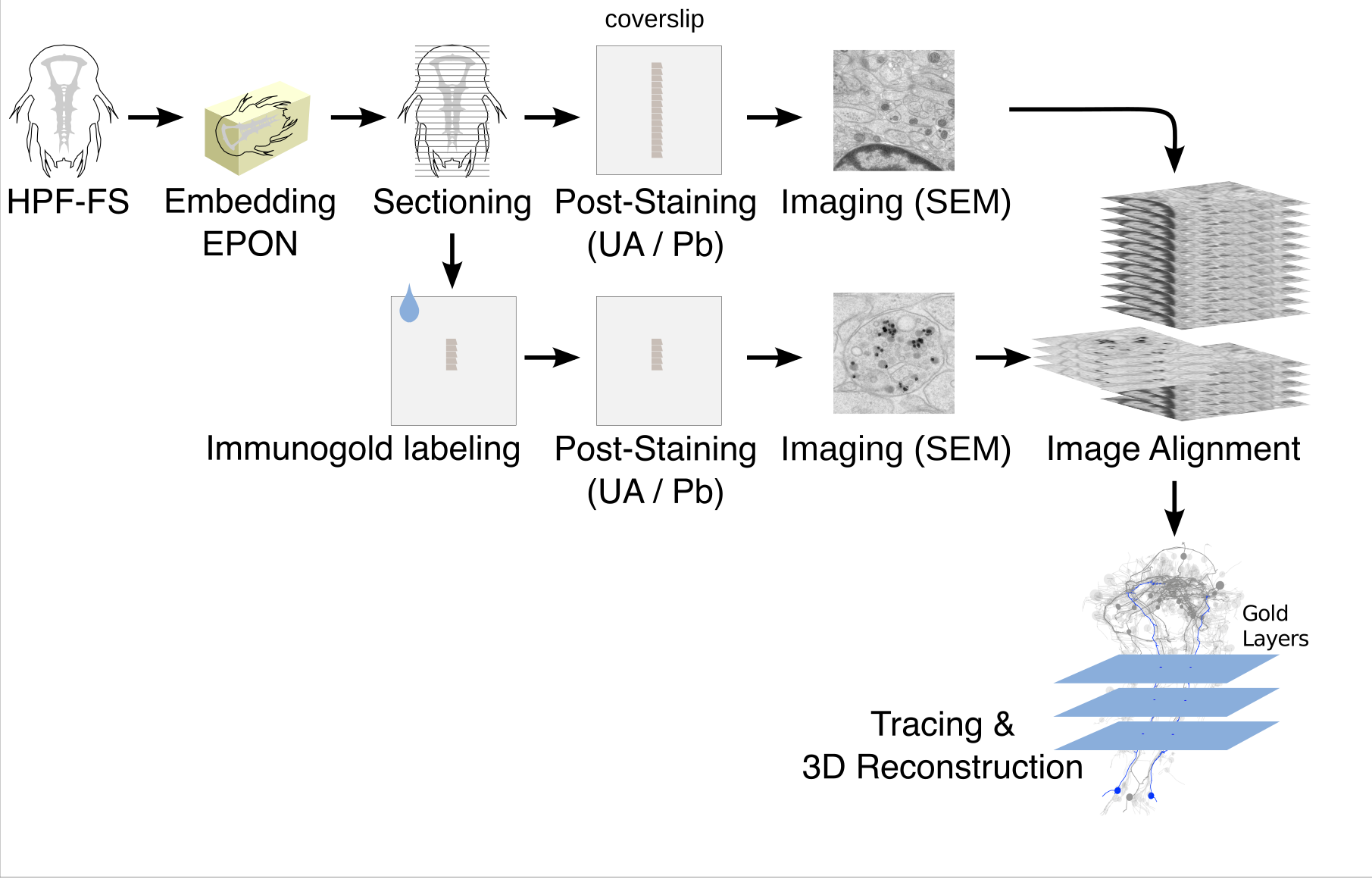
Array tomography workflow


Array tomography workflow
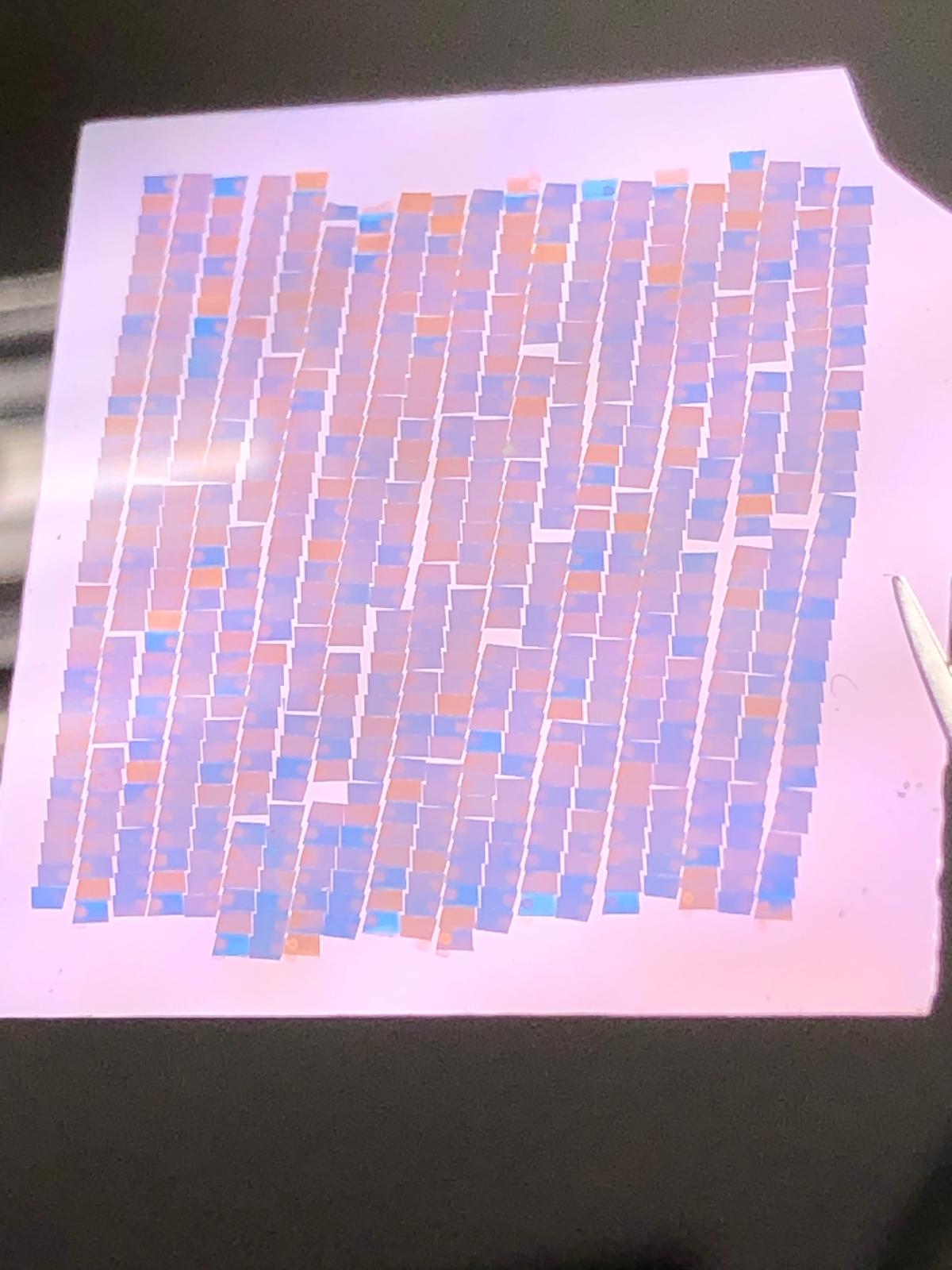
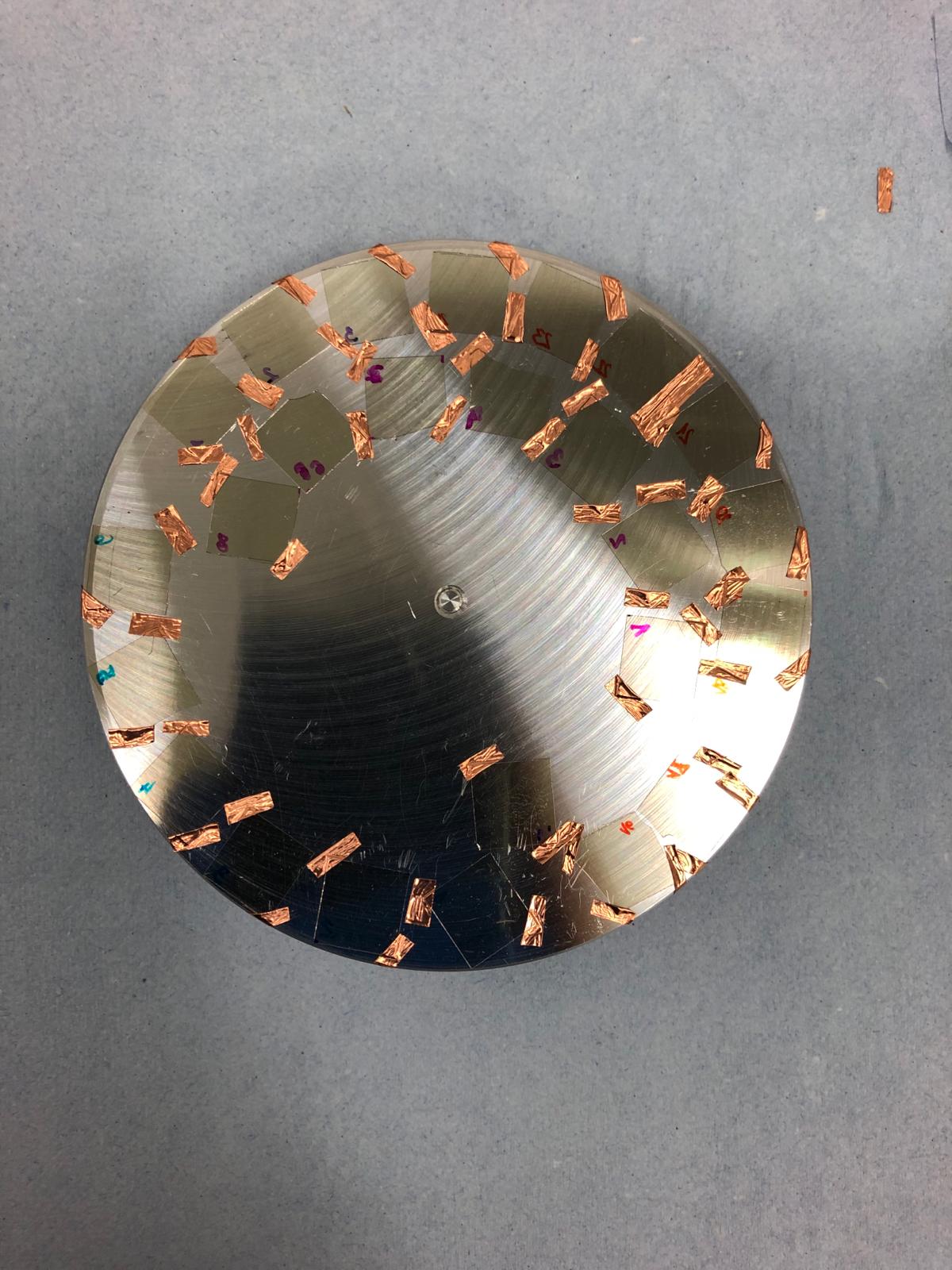
Array tomography workflow
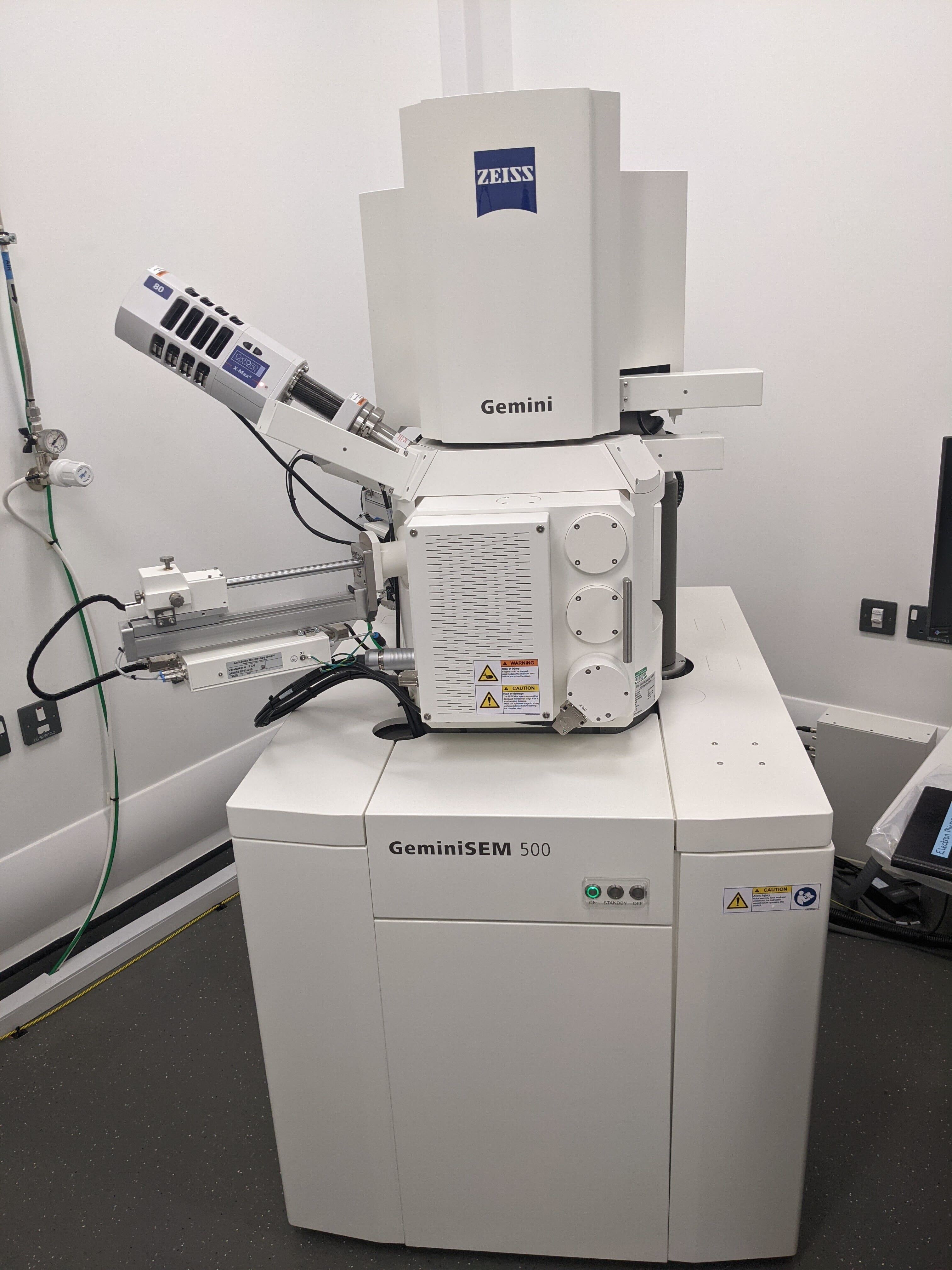
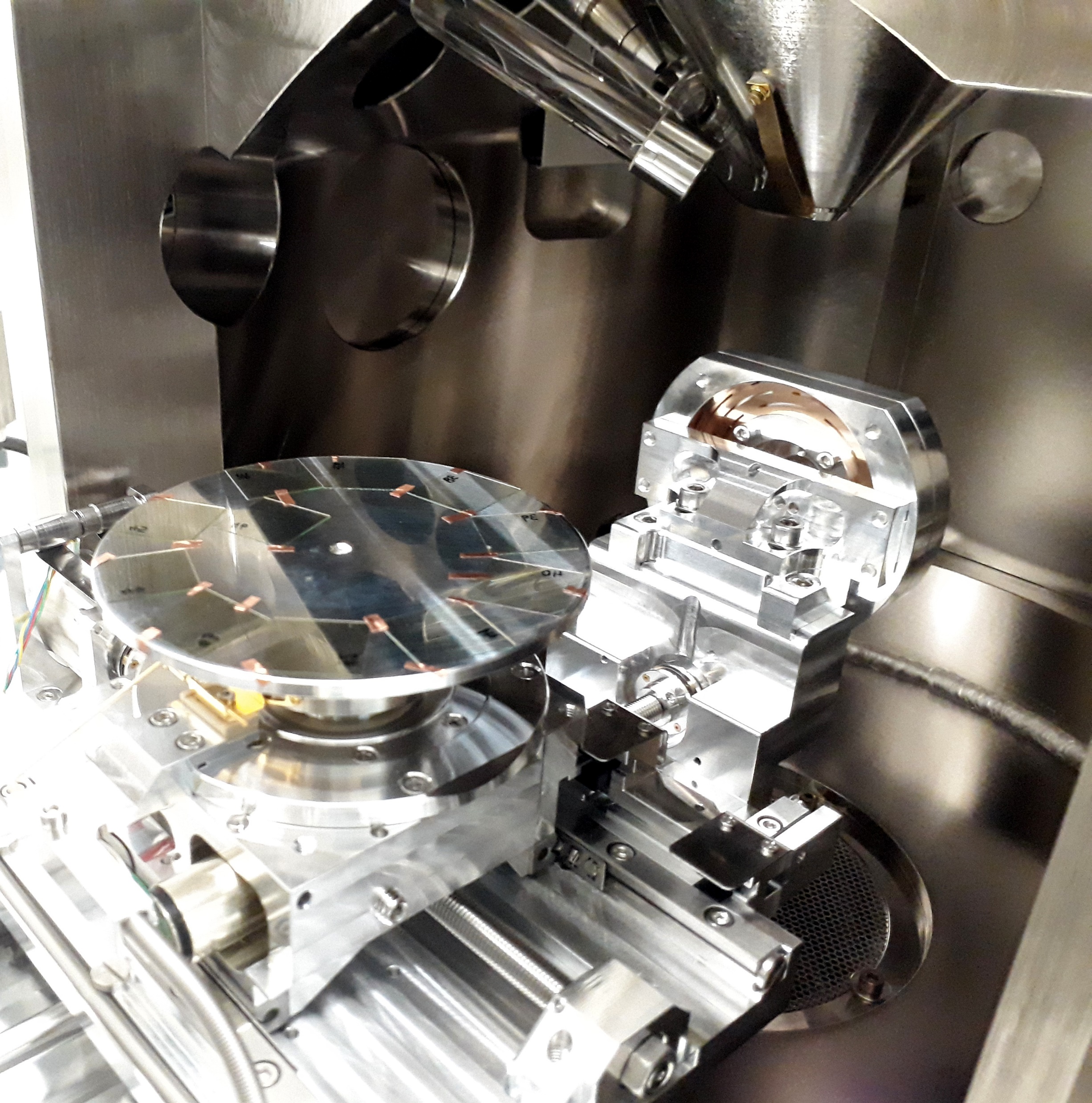
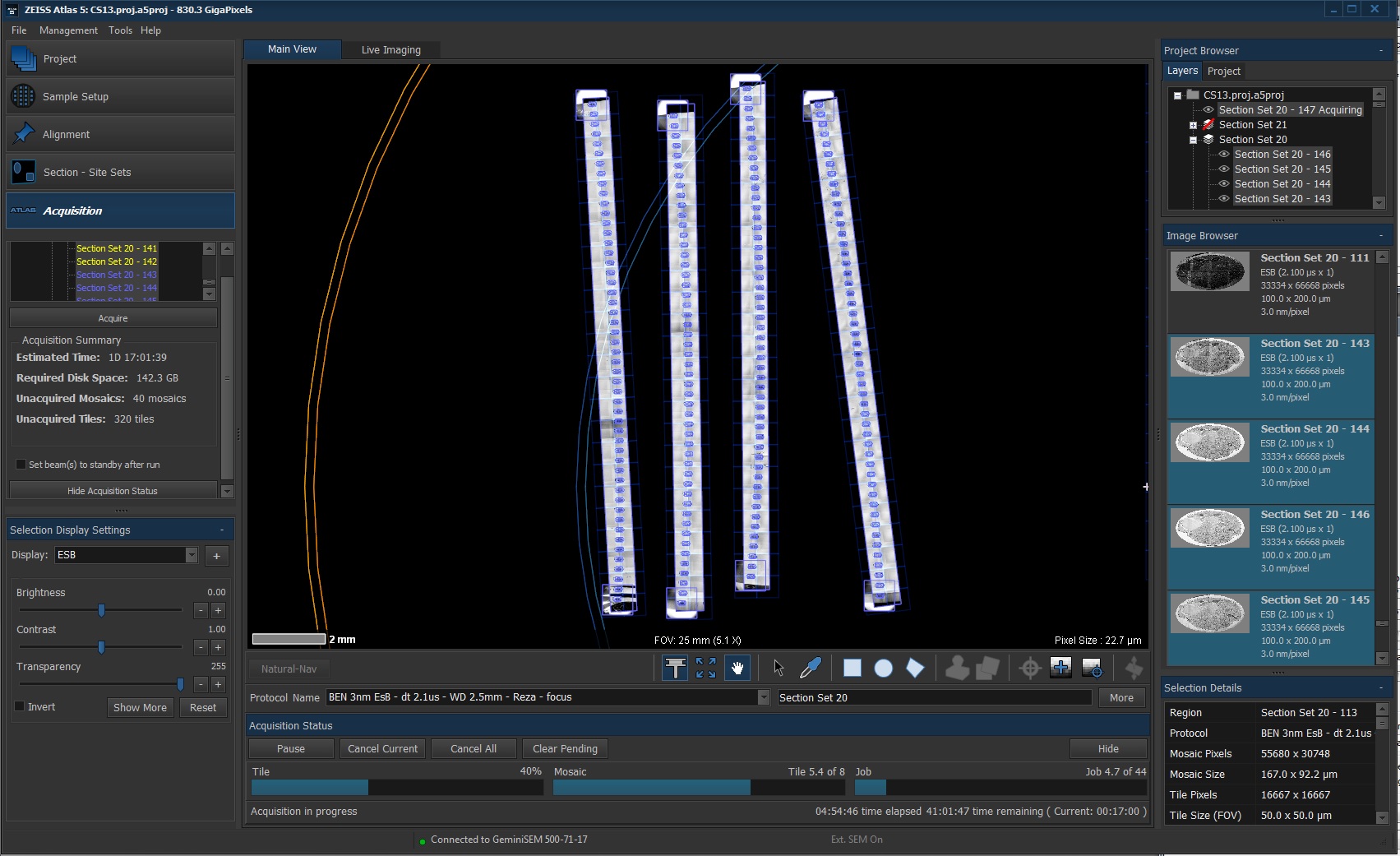
Whole-body vEM reconstruction
Synaptic connectome

Whole-body annotation of all ciliary basal bodies

Whole-body annotation of all ciliary basal bodies
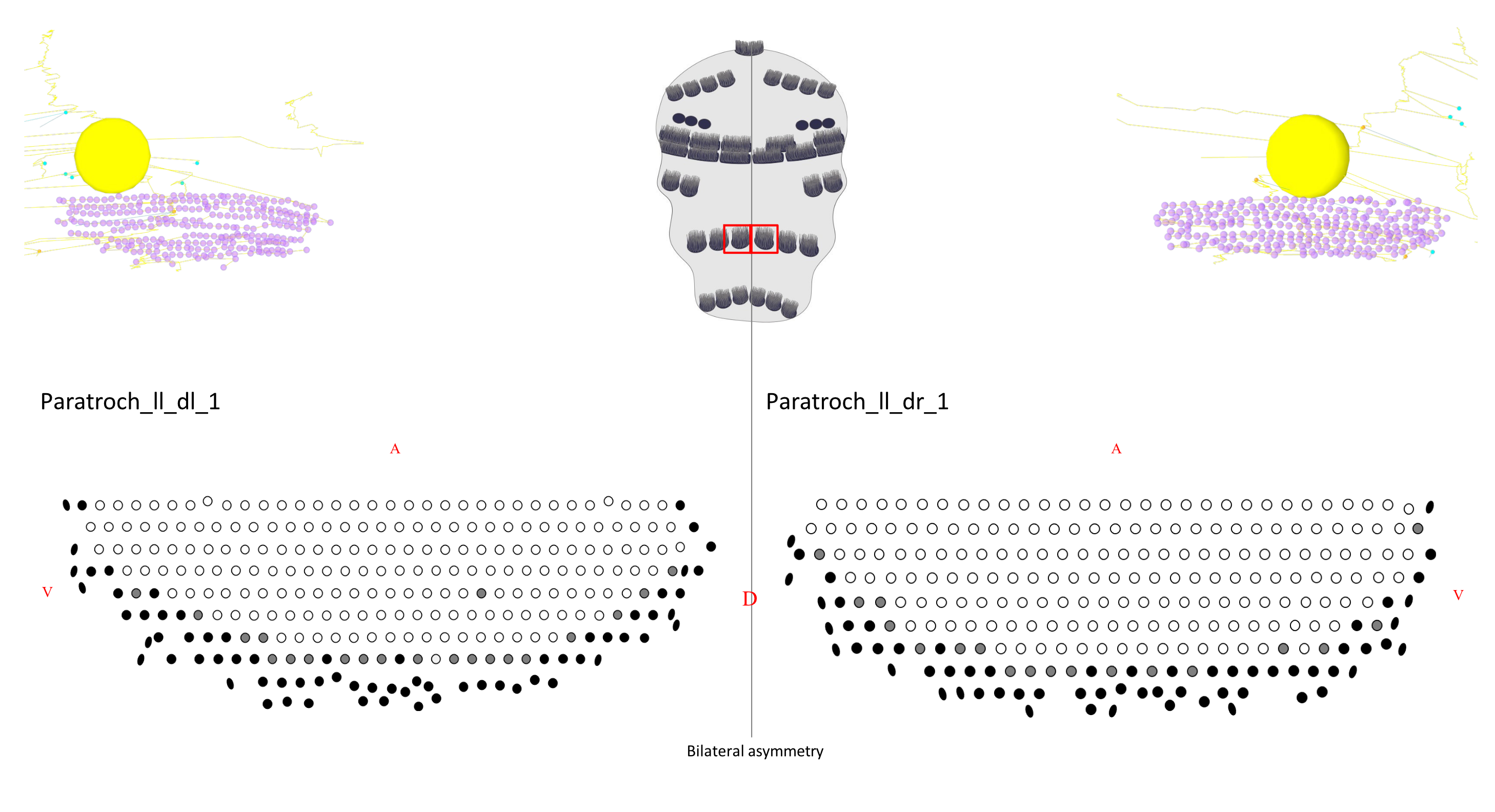
- ~10,000 motile cilia
- high degree of left-right symmetry
- 3D additive manufacturing from anterior to posterior of the cell
Whole-body annotation of all ciliary basal bodies
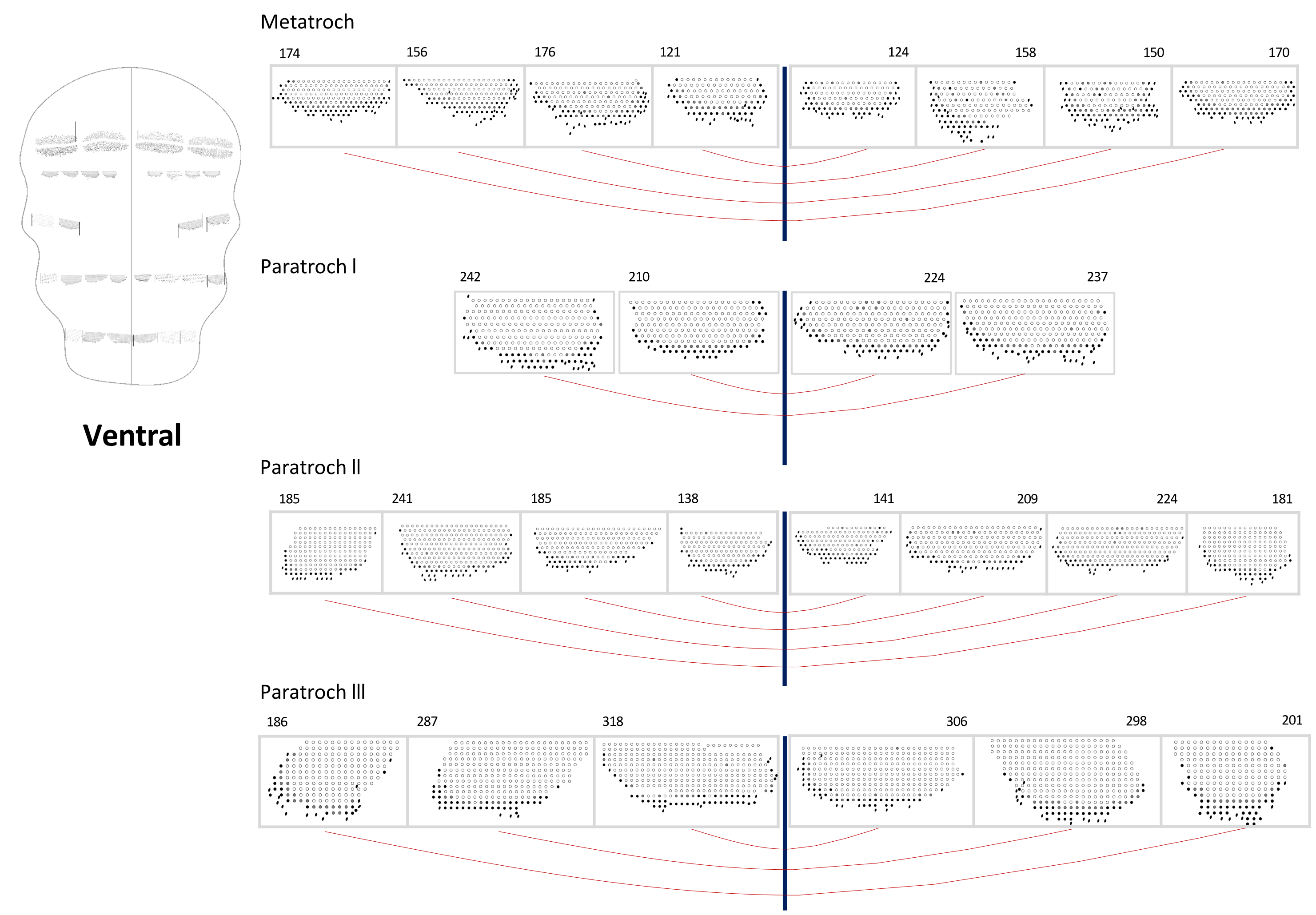
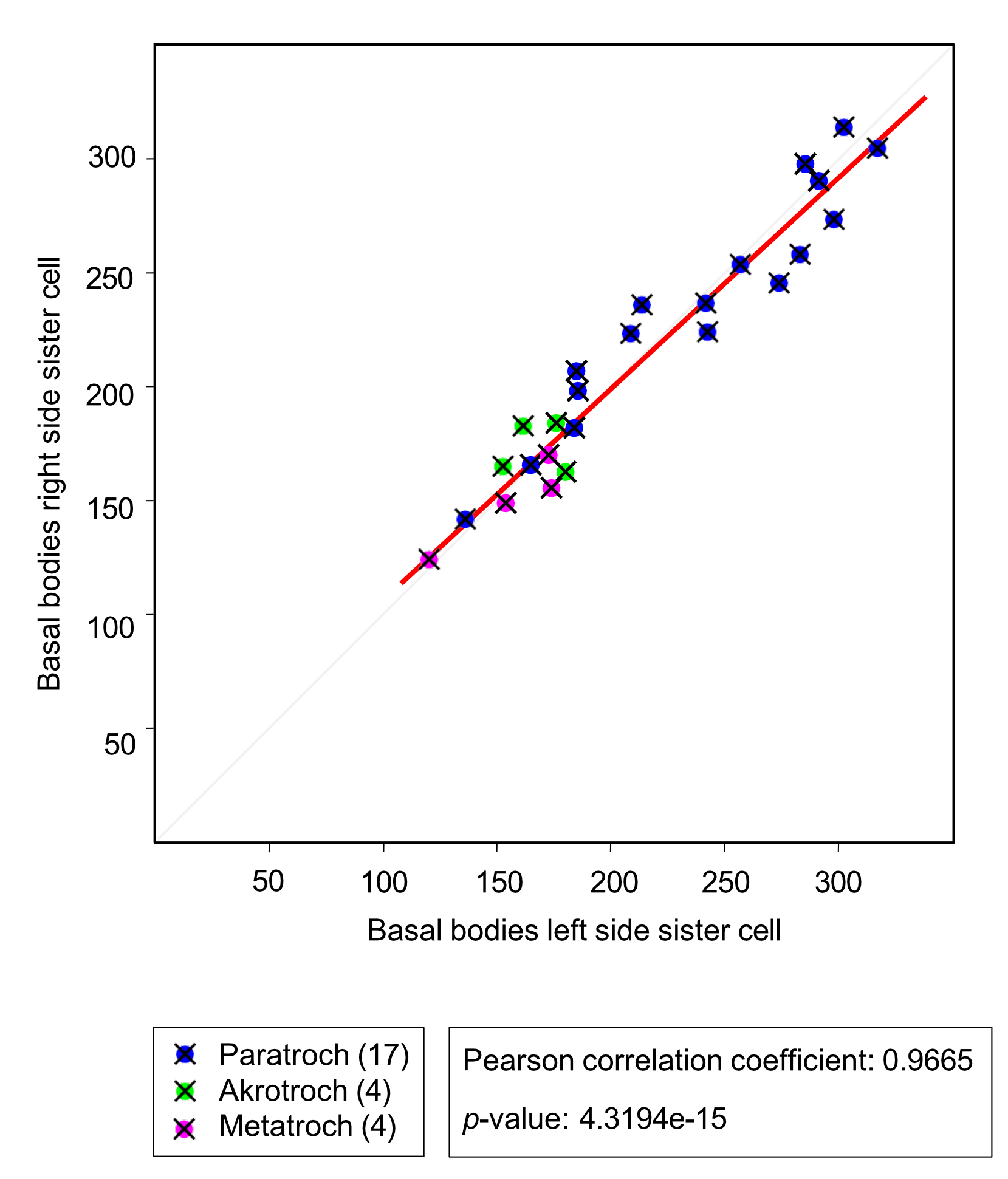
Simulation of ciliary flows
with Eric Keaveny, Imperial College
- mathematical modelling of thousands of cilia
- simulation of flow fields
- metachrony maximises flows
- all mathematical models of metacrony use hydrodynamic coupling
Cilia in each cell beat with different frequencies

- quantification of ciliary beat frequency for each cell
- values constant for individual cells
- discontinuity between cells
Metachronal waves - phase locking only within cells

- conversion of intensity plot into Hilbert phase, φ(θ, t) (from 0 to 2π over a full beat cycle)
- strong phase locking within cells (∆φ(t) = φ1(t) − φ2(t) constant over time)
- no phase locking between cells
Tiny gaps introduced by laser ablation break phase locking
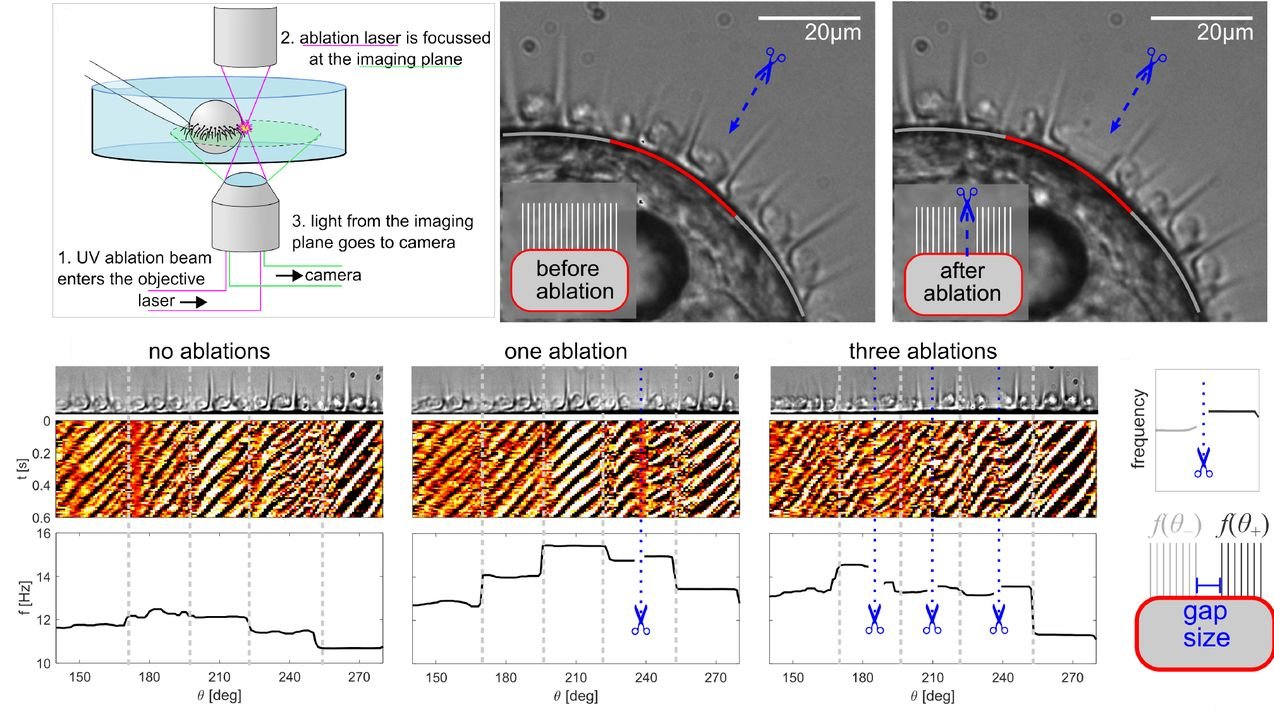
- pulsed UV laser-ablation of patches of cilia
- phase locking is lost across the gap, maintained in the continuous patches
No global coordination via flow
- progressive ablation of most cilia
- small patch maintains metachrony and phase locking

Ciliary arrests are globally coordinated

- ciliary arrests occur regularly (~1/min)
- all cilia close simultaneously
Closures are induced by rise in intracellular calcium
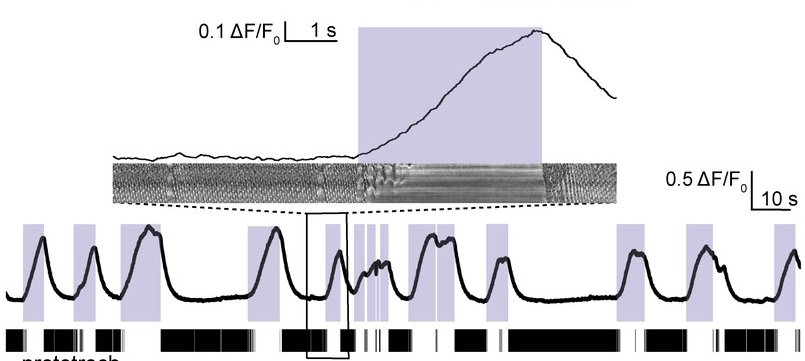

Closures are induced by a single giant motoneuron
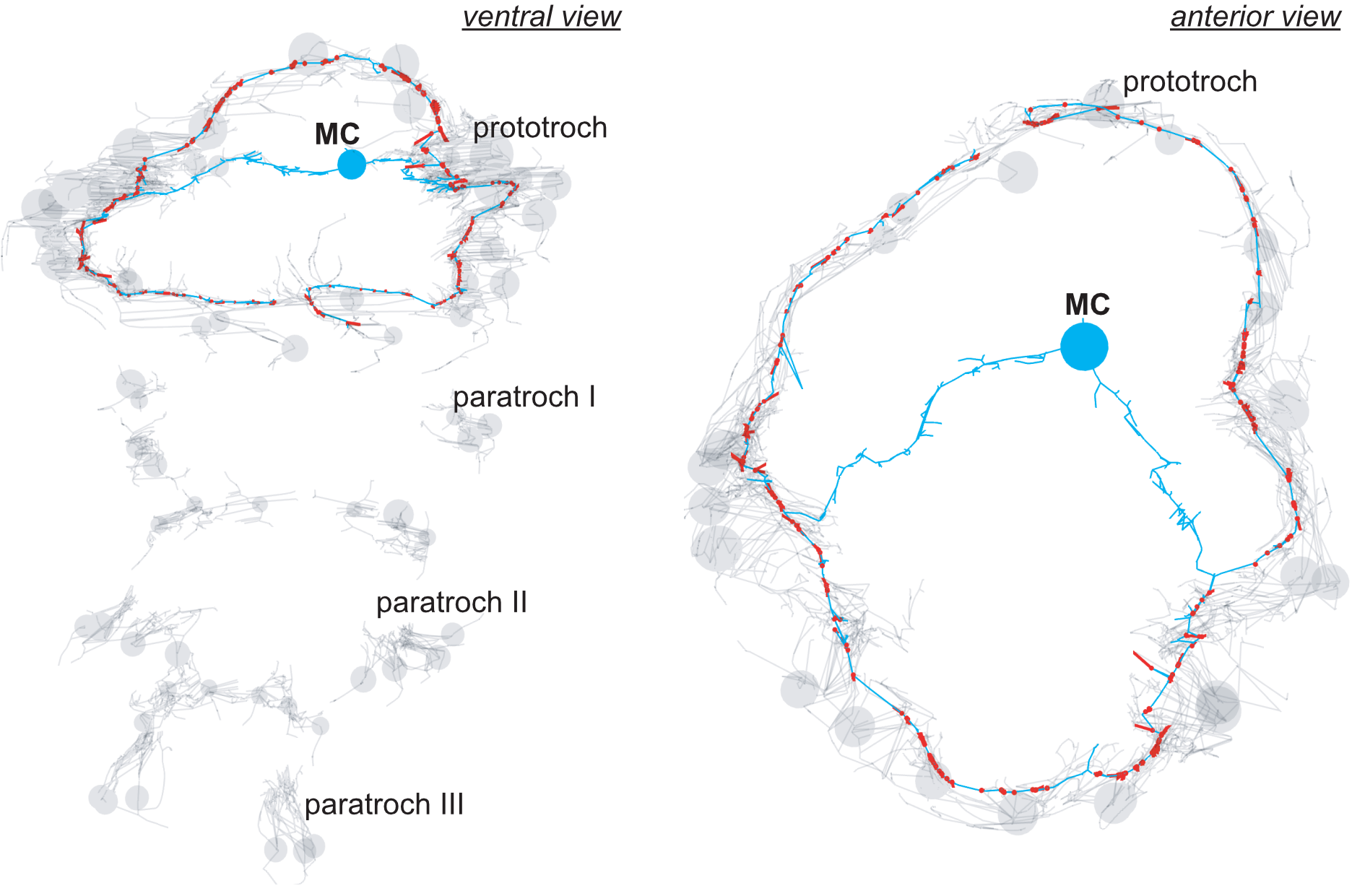
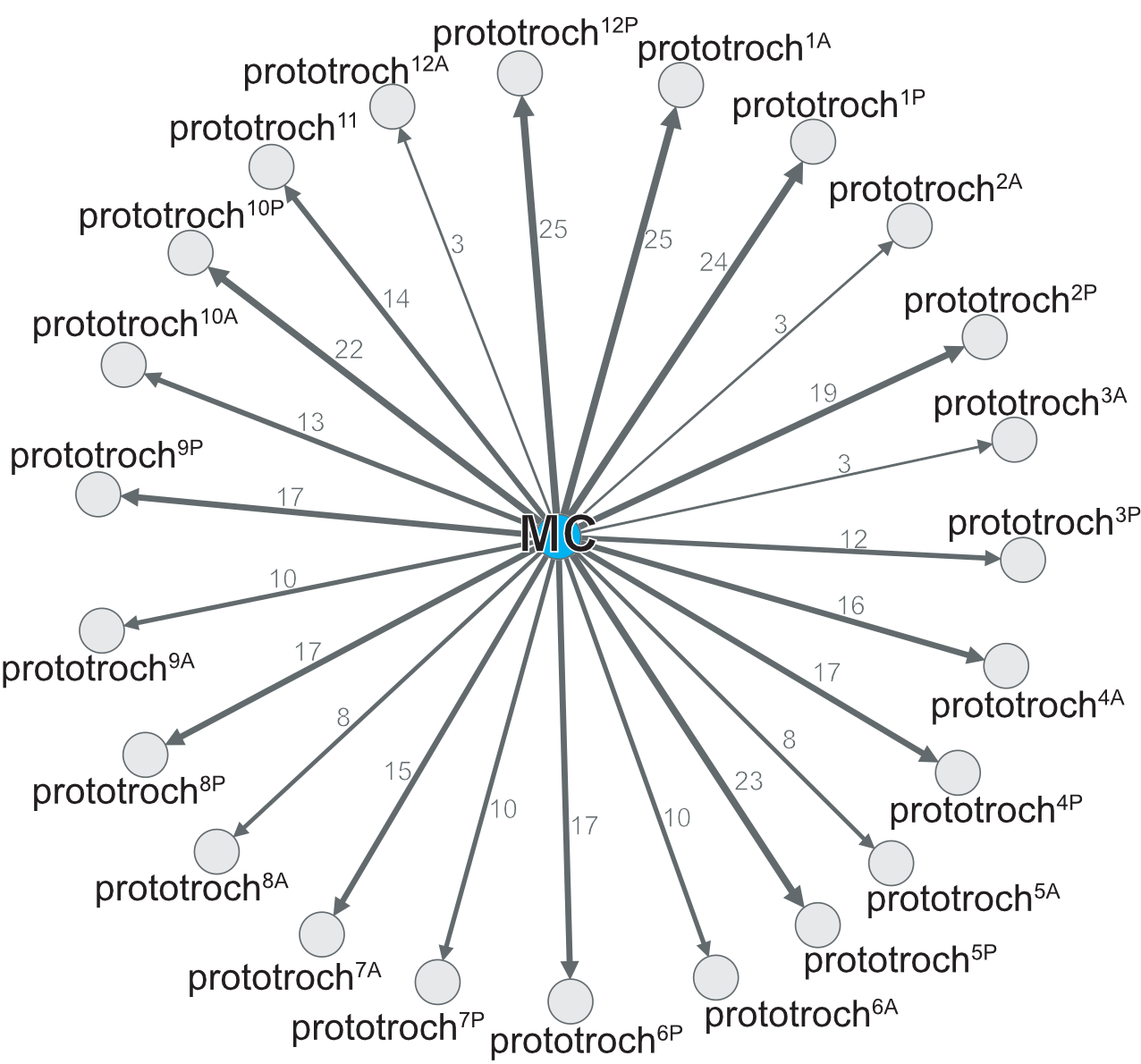
Coordination of closures across different bands of cilia

How are different ciliomotor neurons coordinated?

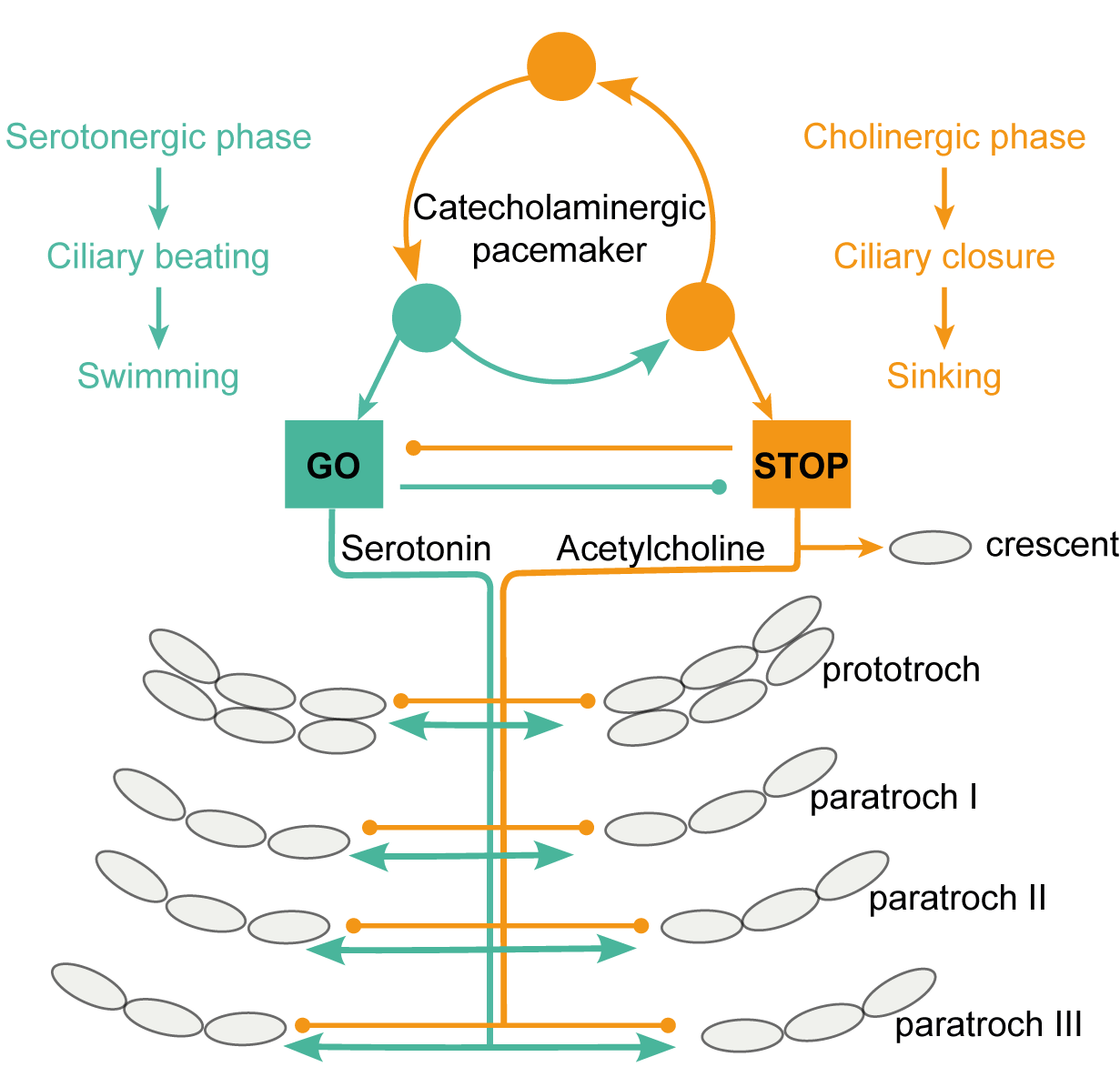
Envoi
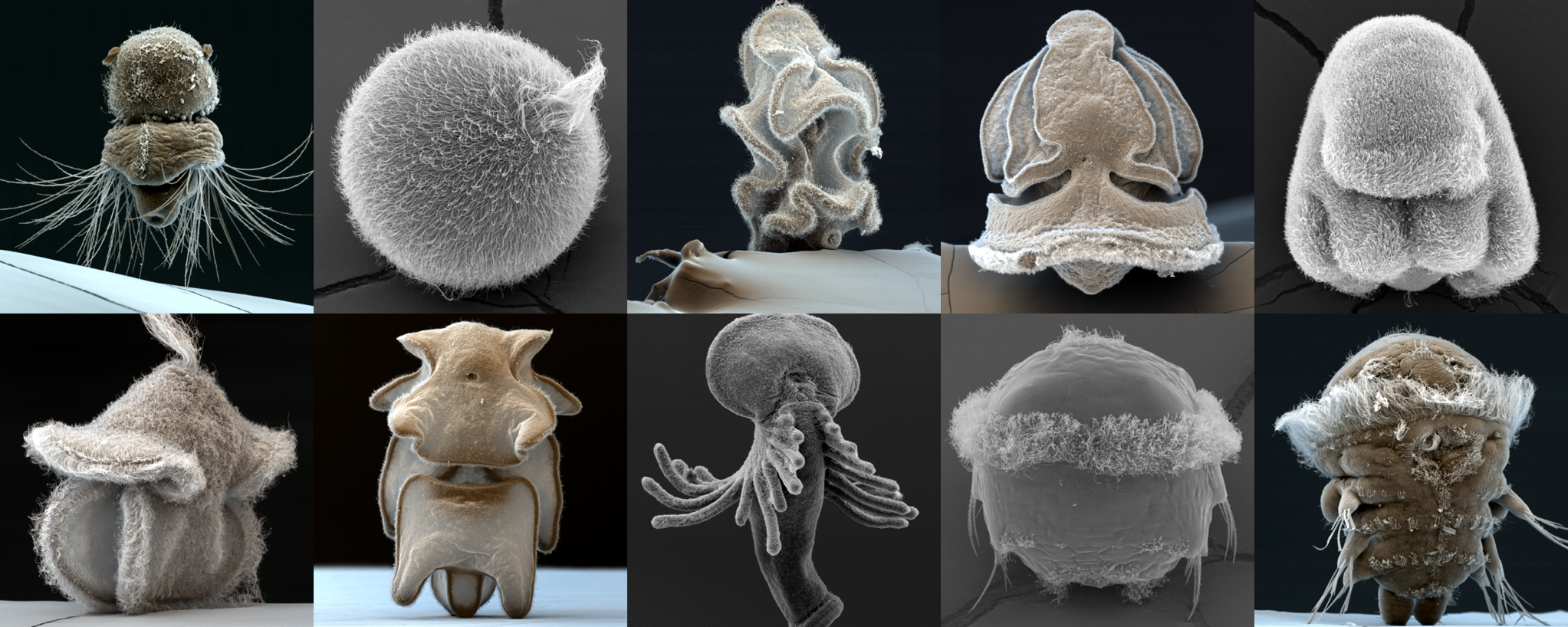
3DMM2O: organisms can provide inspiration
hierarchical 3D organisation
multi-scale coordination
extreme reproducibility of shape and function
Acknowledgements
Lab members
- Sanja Jasek
- Alexandra Kerbl
- Emily Savage
- Simone Wolters
- Lara Keweloh
- Kevin Urbansky
- Karel Mocaer
- David Hug
- Benedikt Dürr
- Ira Maegele
- Emelie Brodrick (Exeter)


Facilities
- EM Core Facility
- Réza Shahidi
- Charlotta Funaya
- Nikon Imaging Centre
- Ulrike Engel
